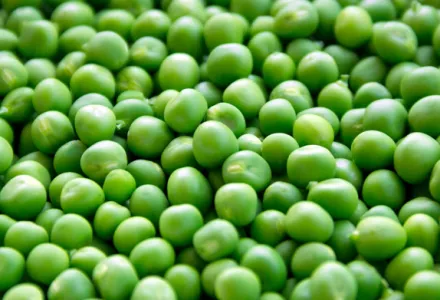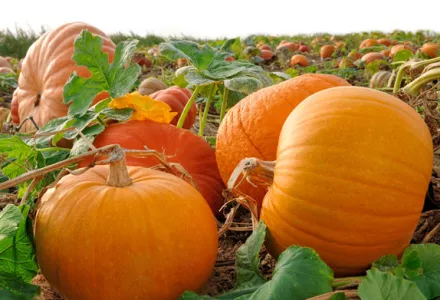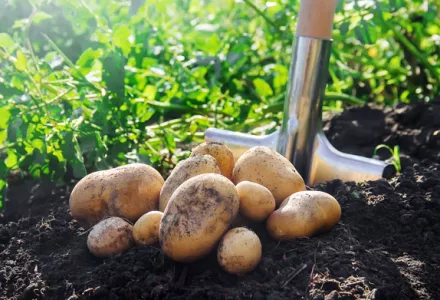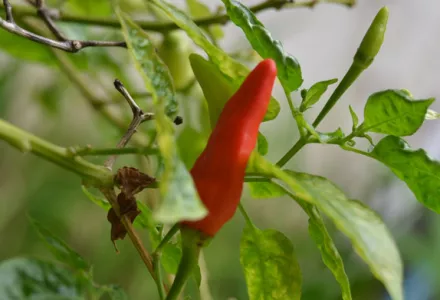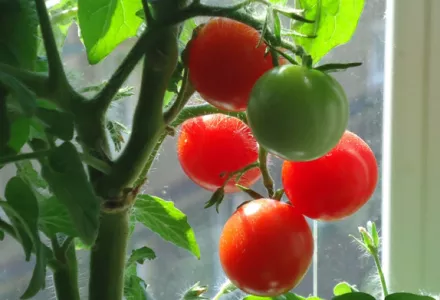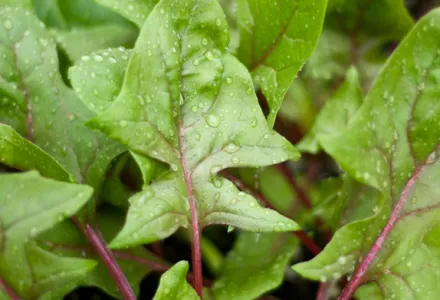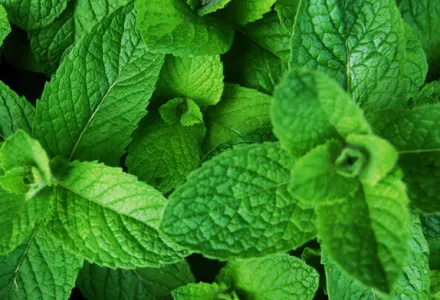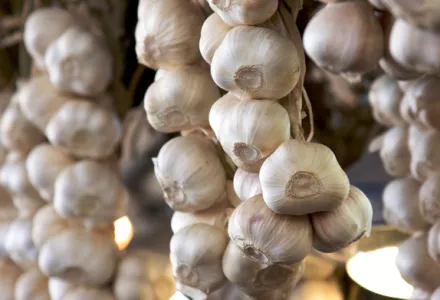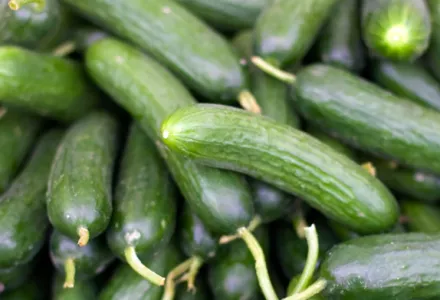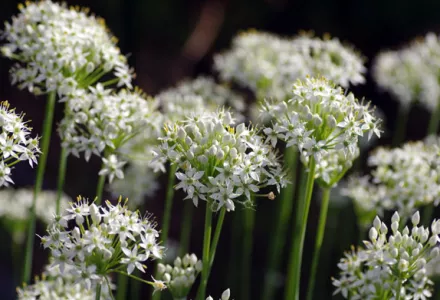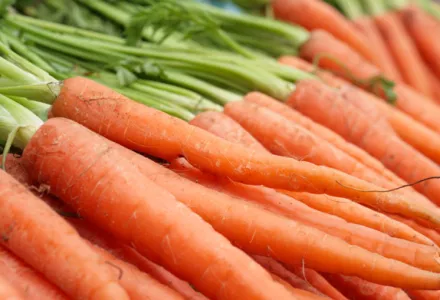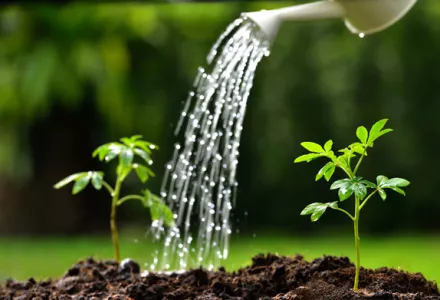Short on space but still keen to bring some green to your home? Wall gardens could be the answer you're looking for. These remarkable vertical systems can transform any fence or balcony into a living wall—creating everything from an edible garden to a spectacular floral display to a subtle, shady fernery. Even better, they are as productive as regular gardens, but require much less weeding and maintenance, as well as providing privacy and covering up blank, ugly walls.
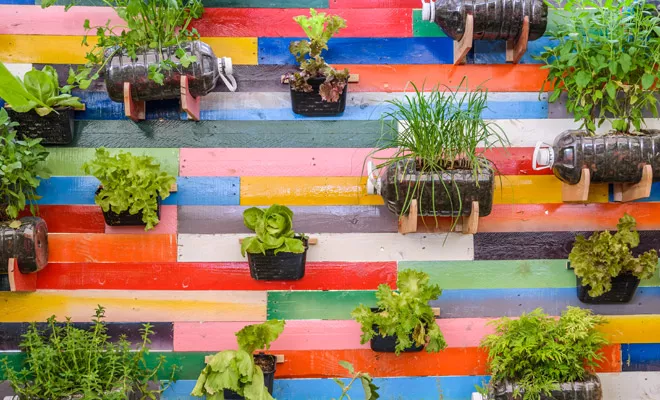
There are a few things to consider when planning your wall garden—including the amount of time and effort you want to put in. Vertical gardening can be as simple as mounting some containers or pots and filling them with soil and seedlings or hanging a trellis and training a passionfruit up it, or as complex as constructing and hanging a big frame from scratch, and installing your own light and irrigation systems.
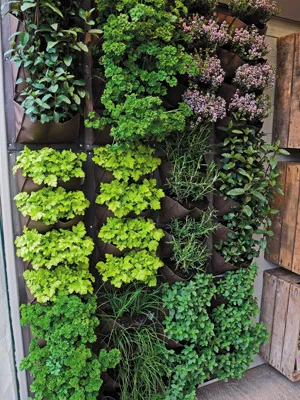
When designing your wall garden, remember that the amount of sunlight and warmth your wall receives will make a big difference to the types of plants you can grow.
Does your wall get direct sunlight and if so, how much and at what time of the day? Is it inside away from natural light? The answers to these questions should influence what types of plants you choose for your wall. Most veggies will need at least six hours of sunlight to grow well, so shady walls or inside gardens may be better suited to leafy greens and herbs, or other low-light plants, unless you also choose to install a grow light.
Watering is another important consideration. Wall gardens can dry out fast, because they often have less soil than conventional beds. Also, think about how high your wall garden will be—can you reach the top easily to pour water in, or would an irrigation system work better?
This usually involves a tube running across the top of the wall that drips down through the garden—and there are a variety of systems on the market for this purpose. Remember also that plants at the bottom will receive the most water (thanks gravity!), so place less thirsty plants at the top and water hungry varieties at the bottom.
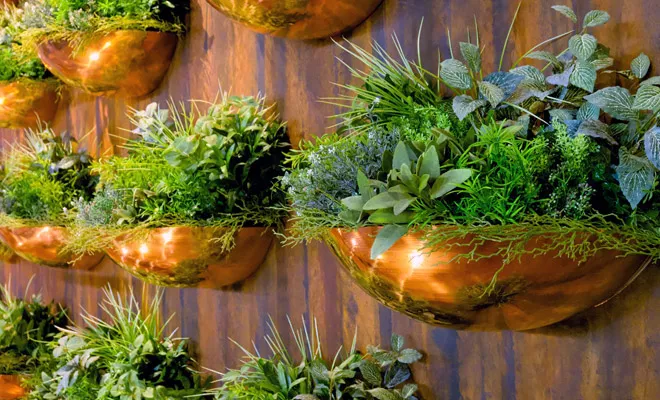
Once you've thought about light and water, it's time to get building. Although wall gardens come in a huge variety of shapes and sizes, the most conventional method is to build a frame to hang off your wall (think about the strength of your wall, how you will attach your garden to it and what's underneath that might get wet at this point). Once you've got your frame, you can use it to hang pots and planters, or line it with plastic and two layers of fabric such as garden felt for the plant roots to cling to. If choosing the latter design, staple the two layers of felt onto the plastic lined frame, then simply cut a slit in the top layer of felt and insert your plant's roots between the two layers, stapling the felt around the bottom to keep them nice and snug.
Then it's simply a matter of planting your garden! Again, consider what you want from your vertical plot. Is it something pretty to look at when you're relaxing after a hard day, or do you want to be able to pick herbs and veggies for dinner? If you opt for an edible wall, choose climbing food plants like peas, beans, cucumbers, berries and tomatoes. Many other veggies can be trained to climb a wall by snipping off lower shoots as they grow. Just don't forget to fertilise!


